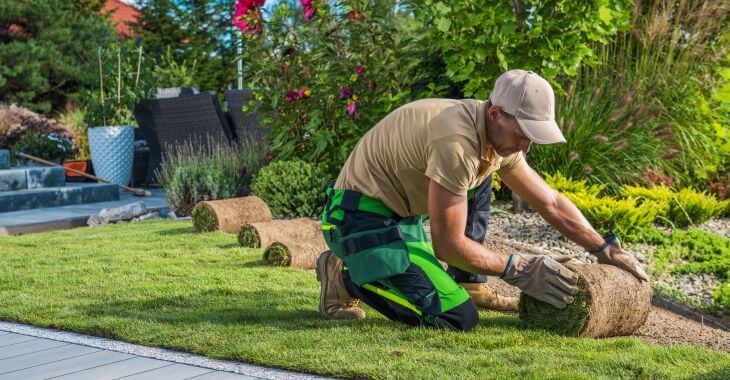Shrub Planting
When planting shrubs to enhance your landscape, proper planning and consulting a professional landscaper is advisable to get the optimum value out of your expense and efforts.
Prior to planting make sure the shrubs you choose are suitable for the space your want to fill. Some shrubs grow higher than others and can be used a border fences or screens to block out views beyond your property. Shorter shrubs are good for bordering plant beds and trees or adding filler and color. When choosing the proper shrub for your property, consider the shrub size at maturity, soil composition, compatibility with surrounding plants, tolerance to wind, rain and sun exposure and what you are using your shrub for.
Spacing should be determined by the size of your shrub at maturity. If planting close to your home, make sure the mature shrub does not touch the building. Dig a hole twice a big as the root ball and fill the hole with appropriate soil mix. Slice the root ball with a knife on three sides to promote new root growth once planted. Place the root in the ground so that the top is slightly above the root level and surround with additional soil mix. As you add the soil mixture, add water to soak the roots and settle the soil.
Mulch is necessary to retain moisture and deter weeds. Place mulch 4 inches deep around base of the shrubs keeping stems clean. Water your shrubs two to three times per week until they are set. Water slowly and deeply to ensure the penetration to the roots. Normally, newly planted shrubs will not need chemical fertilizers.
